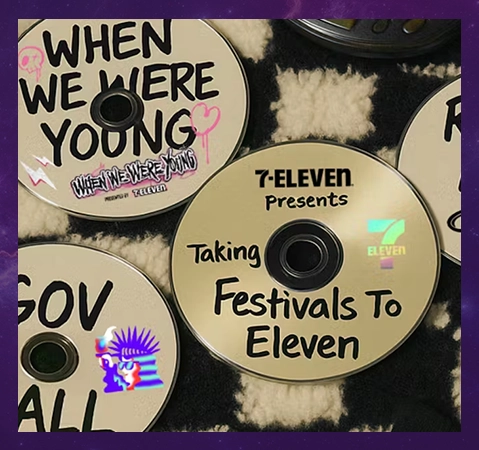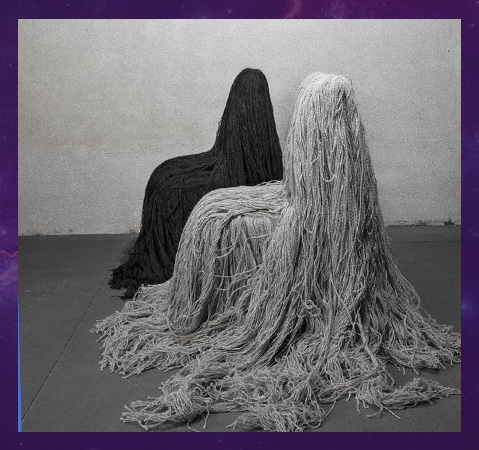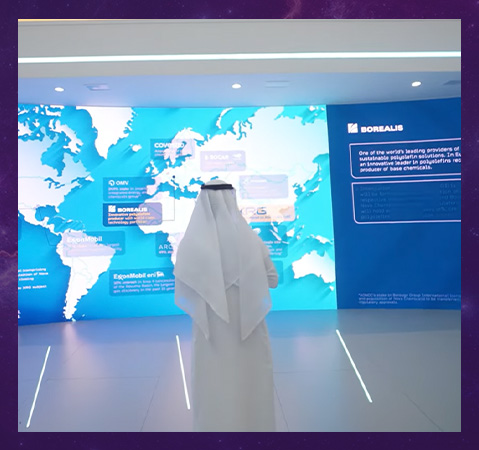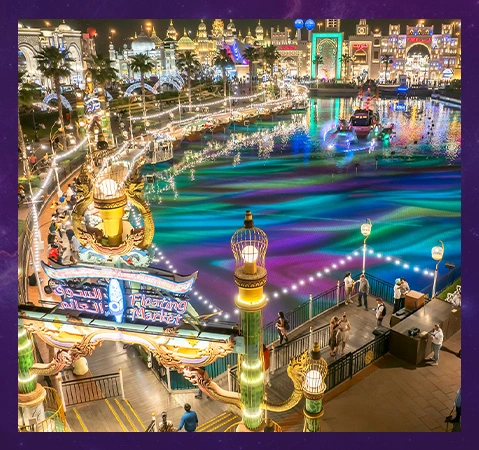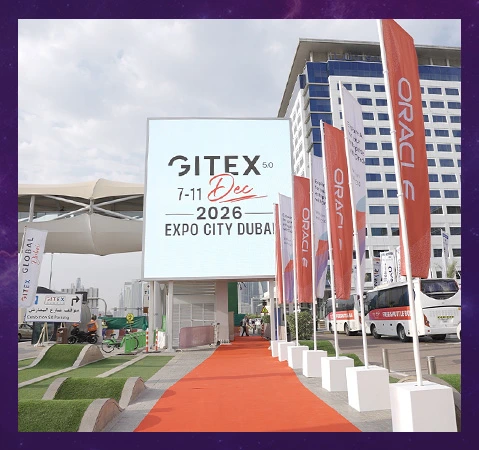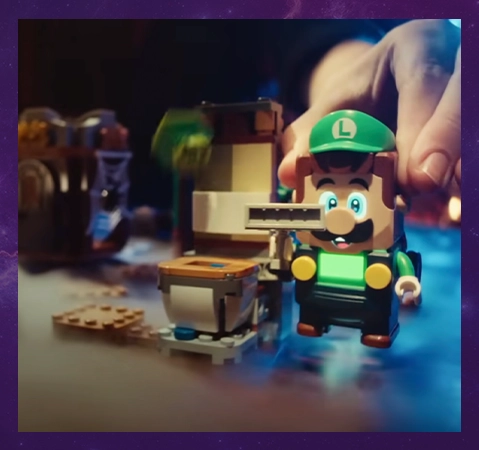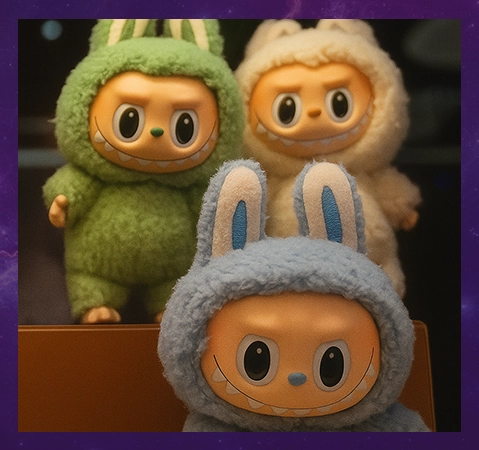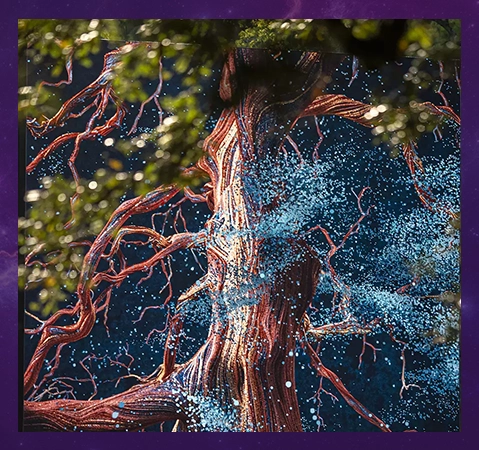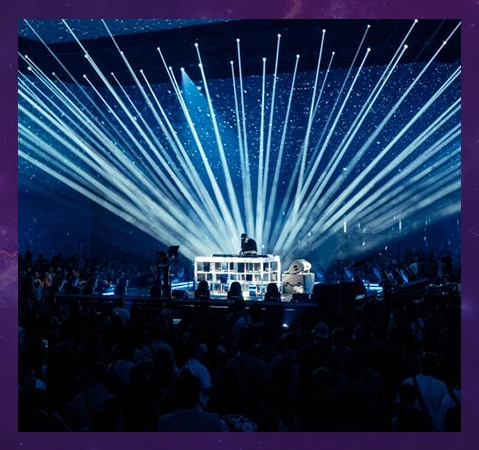
Eurovision 2025 in Basel: Cultural Identity Meets Experiential Production
share

Summary
Eurovision 2025 in Basel was more than a music competition — it became a living example of how cultural identity, emotional storytelling, and immersive design converge to create unforgettable experiences. Under the slogan "Welcome Home," the event fused performance art, visual symbolism, and audience interactivity, offering valuable insights for brands looking to build deeper emotional engagement through experiential environments.
Key performances, like Austria’s JJ with his operatic-techno ballad “Wasted Love” and Sweden’s KAJ’s quirky “Bara Bada Bastu,” embodied the event’s message: be authentic, emotionally resonant, and immersive. The stage design and production—rooted in Swiss identity—amplified these stories with responsive lighting, meaningful visuals, and layered symbolism.
Brands are encouraged to take cues from Eurovision’s use of multisensory storytelling, adaptive visuals, and participatory design to transform product showcases into emotionally charged environments. Companies like Sentient By Elysian (SBE) exemplify this approach by turning trade booths into interactive, culturally nuanced brand experiences.
Ultimately, Eurovision 2025 illustrated that in a saturated attention economy, emotion is the most powerful form of impact. When audiences feel something meaningful, they don’t just remember the experience — they become part of it.
Table of Contents :
Introduction: A Homecoming of Identity
Visual Identity as Emotional Currency
The Power of Impact and Lasting Impressions
In Essence: The Blueprint for Experiential Branding
Every note sang louder than borders. Every spotlight traced the outlines of stories waiting to be told. In May 2025, the city of Basel transformed into a beating heart of culture, sound, and spectacular vision as it welcomed the world home — quite literally — for the Eurovision Song Contest under the poignant slogan, "Welcome Home."
This wasn’t just a stage for songs. It was a sanctuary for identity, a celebration of unity, and a showcase of the boundless creativity that music can spark. With 37 nations tuning into their roots and reaching for the stars, Eurovision 2025 delivered a masterclass in immersive storytelling. From sweeping visuals to intimate narratives, each performance used space, sound, and atmosphere to draw audiences in — echoing the very principles that today’s most innovative brands seek to capture through experiential design.
Austria’s JJ, the 24-year-old powerhouse who stole the spotlight with his haunting track “Wasted Love,” gave us a perfect example: blending opera, pop, and techno against a theatrical, moody backdrop that pulsed with raw emotion. Meanwhile, Sweden’s KAJ brought levity and local flavor with “Bara Bada Bastu,” proving that humor, too, can be immersive when wrapped in the right aesthetic.
The stage itself, designed by Florian Wieder, mirrored Switzerland’s landscape and cultural mosaic — an immersive environment where identity wasn’t just shown, it was felt. And that’s the key takeaway for brands: when your environment tells a story, your audience listens with more than just their ears.
As we explore the highlights of Eurovision 2025, we’ll discover not just how music united a continent — but how ambience, identity, and innovation came together to create experiences that linger long after the final note.
Soundtrack of Identity: How Eurovision 2025 Turned Performance into Purpose

Eurovision has always been a platform for more than just catchy choruses — it’s where music becomes a mirror, reflecting the identity, tension, and hopes of nations. In 2025, this spirit came alive with a new level of storytelling. Performers didn’t just sing; they shared origin stories, generational struggles, cultural quirks, and aspirations — wrapped in melody and motion.
Take JJ, Austria’s enigmatic winner. His song, “Wasted Love,” wasn’t a conventional pop ballad — it was a theatrical blend of operatic crescendos and techno beats, channeling the grief of lost love with the electricity of reinvention. His performance stood out not just because of vocal prowess, but because every element — lighting, costume, set — was intentionally designed to convey emotional intensity. That’s branding at its purest: emotional clarity delivered through multi-sensory cohesion.
Then there was KAJ from Sweden, who dared to disrupt the mood with “Bara Bada Bastu” — a song about the deeply Swedish love of saunas. Equal parts quirky and proudly local, their performance was a bold reminder that niche identity, when embraced authentically, can connect globally. Viewers may not speak Swedish or share the same cultural references, but the joy was infectious — and that’s universal.
This is where brands can learn the most: stay rooted in your truth. Audiences are moved by sincerity more than polish. In an era overloaded with content, what cuts through is a story well-told — one that understands its roots and dares to sing from them.
Visual Identity as Emotional Currency: Turning Symbols into Experiences

Eurovision isn’t just watched — it’s felt. And a huge part of that comes down to the visual language woven through every second of the show. From the opening sequence to the closing confetti, design at Eurovision tells a story long before a single lyric is sung. In 2025, this visual storytelling took center stage with the motif “Unity Shapes Love,” echoing through fluid stage movements, dynamic screen transitions, and the ever-present Eurovision heart — now stylized with Swiss color tones and cultural nods.
What does this mean for brands? Symbols aren’t just accents — they’re memory triggers. When deployed thoughtfully, they become shorthand for your values, your message, your story. Just as the Eurovision heart evolved with the host country each year — adapting without losing its core identity — brands too must find ways to localize without diluting their essence.
The 2025 contest leaned heavily on geometric patterns, kinetic animations, and responsive light design — all crafted to react to each act in real time. This kind of adaptive branding is exactly what experiential spaces thrive on. A brand environment that visually responds to visitor interaction — through motion sensors, color shifts, or even sound — turns a static booth into a living story.
Also worth noting: Eurovision’s minimalist but emotionally rich graphics weren’t expensive for the sake of spectacle. They were intentional. For brands, this is a cue to focus not on how much you show, but what each element means. Color palettes, textures, shapes — they all carry emotional weight. Done right, your visual language becomes more than design — it becomes experience.
From Eurovision to Exhibition: Bringing Immersive Production into Brand Reality

What Eurovision does for a continent, brands can do on a smaller — yet equally impactful — scale. The spectacle of Eurovision 2025 wasn't just about entertainment; it was a masterclass in audience engagement, emotional resonance, and sensory storytelling. For companies building booths, pavilions, or pop-up spaces, the lesson is clear: don’t just build a space — craft a world.
In Dubai — a city synonymous with innovation, luxury, and global ambition — brand presence is about more than visibility. It’s about impact. Whether it's at GITEX, Expo City, or a private launch, your audience is expecting more than a product pitch — they want to be transported. Just like Eurovision captivated millions with narrative-led staging and emotionally intelligent design, your brand environment needs to evoke curiosity, connection, and wonder.
One standout example of this ethos in action is Sentient By Elysian (SBE) — a UAE-based experiential marketing company that specializes in crafting immersive, high-tech, and sustainable brand spaces. Drawing inspiration from stories around the globe, SBE transforms booths into narrative-driven environments that resonate emotionally and leave lasting impressions. Their work shows that when storytelling meets innovation, even a trade show stand can become a journey.
How? Start by designing with intent. Every light, surface, texture, and sound should reinforce your brand’s message. Integrate cultural nuance where relevant, much like Eurovision celebrates host-country identity while appealing to a global audience. Use interactivity, immersive tech (AR, reactive lighting, scent diffusion, projection mapping), and storytelling touchpoints to make your space feel alive.
The goal isn’t to dazzle — it’s to anchor your audience emotionally. A booth can become a memory. A product demo can feel like theatre. And a brand, when wrapped in the right sensory story, becomes unforgettable.
Eurovision 2025 proved that when creativity and authenticity lead, the world leans in. It’s time for brands to apply the same energy — and let their environments sing.
The Power of Impact and Lasting Impressions

Behind the lights, the music, and the applause, Eurovision’s true magic lies in the mind. More specifically — in the way human brains process emotion, environment, and narrative. Whether audiences realize it or not, what they remember most isn’t the exact lyrics or outfits — it’s how it all made them feel. And that’s not a coincidence. It’s neuroscience.
Studies show that emotionally charged experiences are stored more deeply in our long-term memory than neutral ones. The brain prioritizes moments that stimulate multiple senses, evoke feeling, and challenge expectations. That’s why a Eurovision performance stays with someone longer than a social media ad — and why brands that create immersive environments enjoy higher retention, deeper brand loyalty, and stronger emotional connection with their audience.
Multisensory experiences — the blend of sight, sound, space, and story — activate more areas of the brain than visual-only content. In the hippocampus (where memories are formed) and the amygdala (where emotions are processed), storytelling meets structure. A dynamic stage at Eurovision becomes a neural playground, forging pathways that are hard to forget. Brands can do the same.
This isn’t about gimmicks. It’s about stimulus with purpose. Using sound to direct attention. Texture to invite interaction. Color to shape mood. Each sensory layer reinforces your brand’s identity — and when designed intentionally, it can rewire how your audience sees you.
In short: people don’t just remember what they saw — they remember what they felt. And that feeling is what moves them to action.
Participation as Co-Creation: From Spectators to Storytellers
Eurovision 2025 didn’t just perform to an audience — it created with them. From fan-generated content to live voting that shaped the night’s narrative arc, spectators became collaborators in the spectacle. In Basel, viewers weren’t passive recipients of performance; they were active participants in a shared cultural moment that transcended the arena.
From TikTok duets and reaction videos to AR filters featuring the iconic Swiss-styled Eurovision heart, the digital layer of Eurovision extended the stage into living rooms across the globe. Meanwhile, on-site, interactive installations and second-screen experiences allowed fans to influence lighting effects, vote in real time, and even send visuals that briefly appeared in the live feed. This wasn’t just entertainment — it was empowerment.
For brands, this is a powerful lesson: don’t just tell a story — invite your audience to help write it. Interactive experiences, user-generated content, and participatory design aren’t just trendy add-ons; they’re pathways to deeper emotional engagement. When your audience contributes to the narrative, they don’t just remember it — they take ownership of it. And that’s where real loyalty begins.
In Essence!
Eurovision 2025 in Basel wasn’t just a night of music — it was a blueprint for modern storytelling. A place where cultural identity met emotional design, where technology amplified meaning, and where audiences didn’t just observe — they felt. From JJ’s operatic techno odyssey to the quirky warmth of KAJ’s sauna anthem, every act reminded us that authenticity, when paired with experience-driven production, resonates louder than any single performance.
For brands navigating today’s experience economy, the takeaway is clear: emotion is the new metric of success. Whether you're crafting a stage, a showroom, or a booth, the goal isn’t just to be seen — it’s to be remembered. Companies like Sentient By Elysian (SBE) are already leading this charge, transforming global stories into high-tech, sustainable brand environments that speak not only to the eyes, but to the heart.
Eurovision showed us that when creativity and culture converge, audiences lean in. Brands that follow suit — by designing with depth, with story, with soul — won’t just earn attention; they’ll earn allegiance. Because, in the end, people don’t return for the product; they return for how it made them feel!






